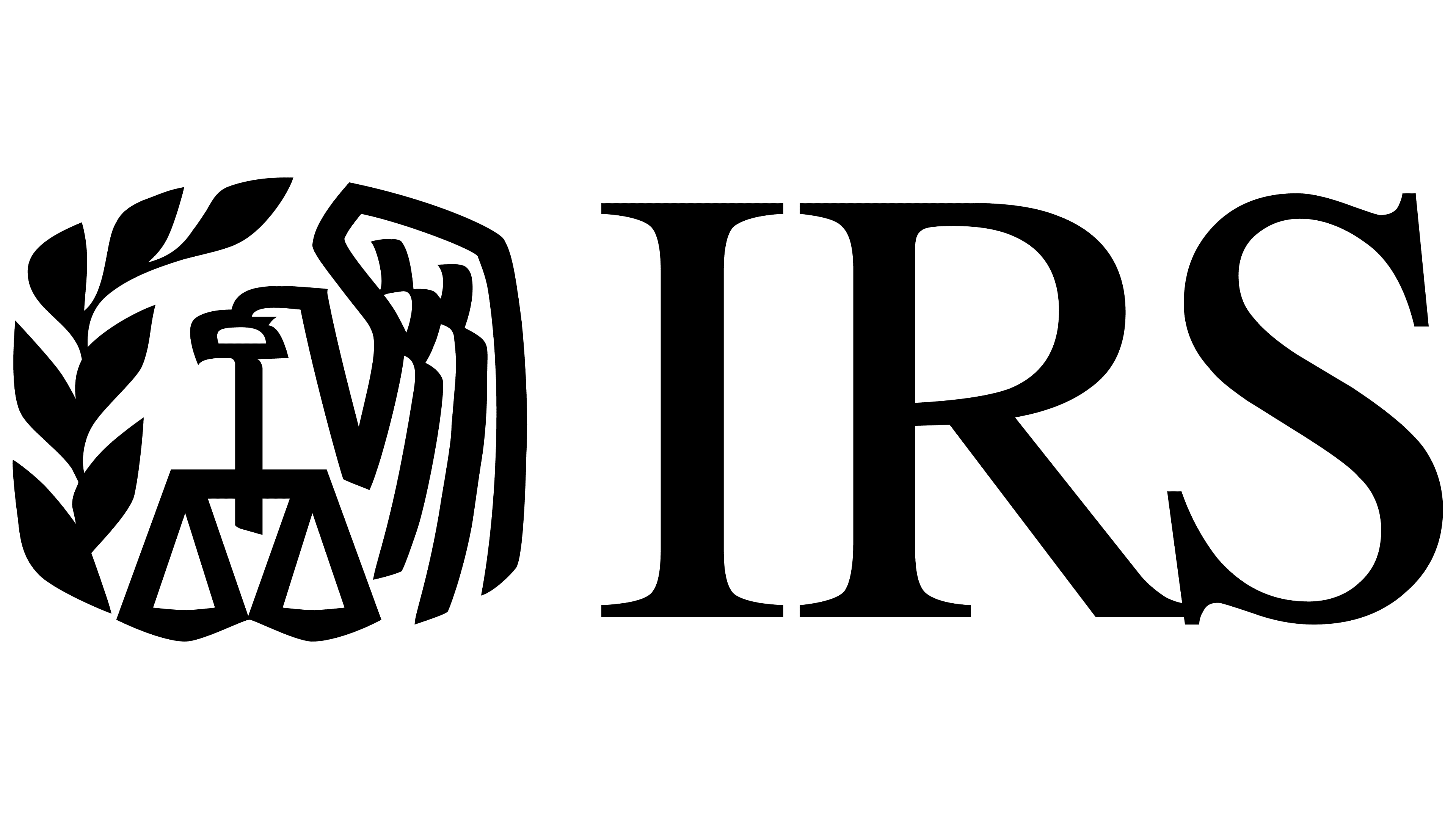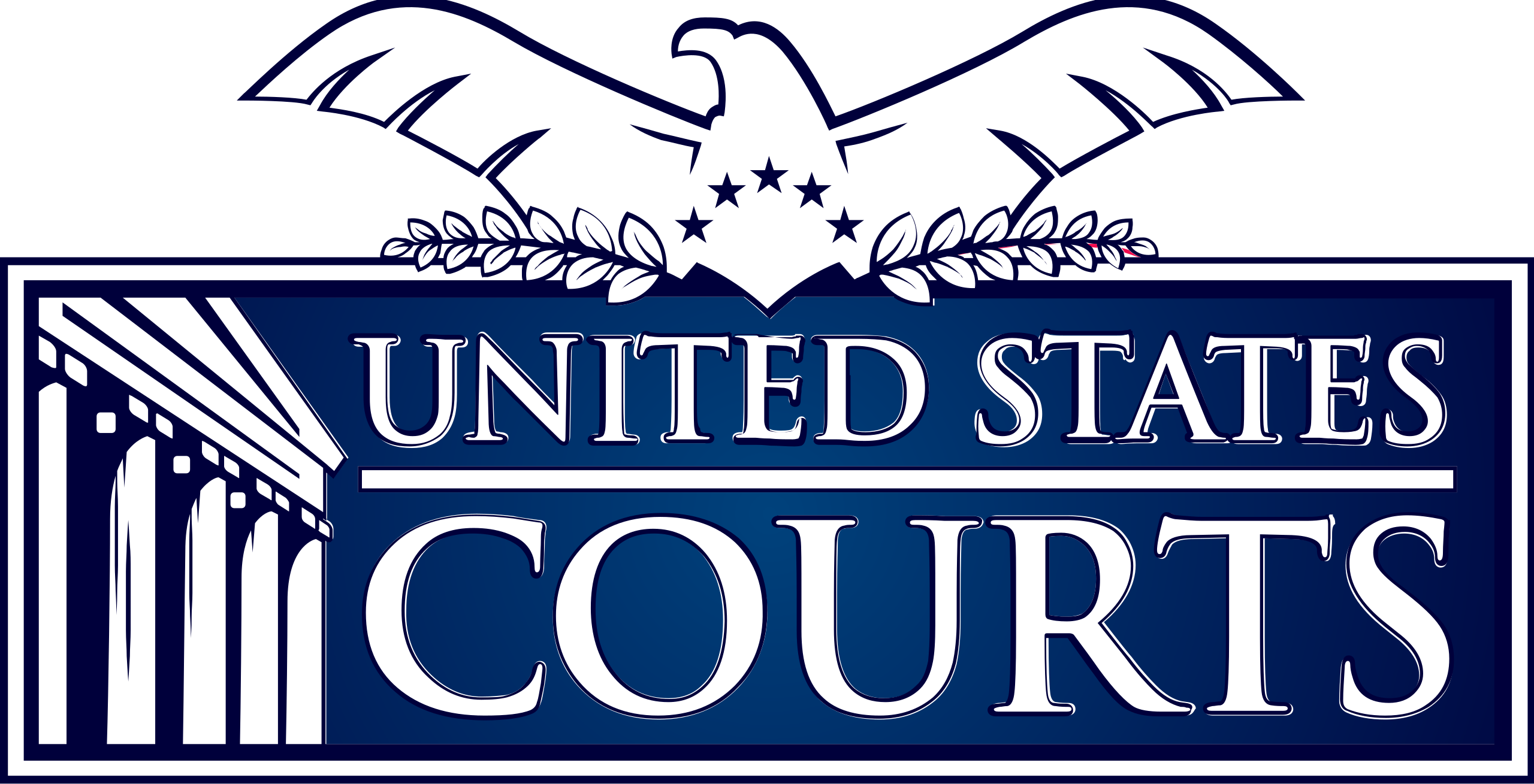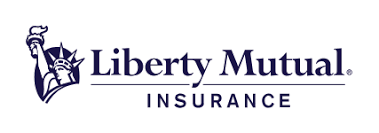






5-Star Service, Trusted & Loved by Hundreds
Your Appraiser Search Ends Here
Your Appraiser Search Ends Here
.avif)

Nationwide Coverage – Appraisals Anywhere in the US

Get it done Onsite or Online

Any Asset, Covered

Defensible for Any Purpose
Frequently Asked
Questions
No Frequently Asked Questions Found.
The essential mechanism involves policyholders paying regular premiums in exchange for financial protection against predefined potential losses. This risk management strategy allows people and organizations to navigate uncertain circumstances with greater confidence and stability.
Coverage operates across multiple dimensions, addressing diverse potential scenarios ranging from property damage to personal liability. The breadth and depth of protection depend entirely on the specific policy's terms, which outline precisely what circumstances and financial losses are eligible for compensation.
When evaluating insurance coverage, individuals must carefully assess their unique risk profile, considering factors like personal assets, potential liabilities, and financial vulnerabilities. Different types of insurance—such as property, health, auto, and liability policies—offer targeted protections designed to address specific potential challenges.
The value of comprehensive insurance coverage extends beyond immediate financial compensation. It provides psychological reassurance, enabling policyholders to pursue personal and professional activities with reduced anxiety about potential catastrophic losses. By strategically transferring risk, individuals can maintain financial resilience even when unexpected events occur.
Understanding policy details becomes paramount in maximizing coverage effectiveness. Policyholders should meticulously review limitations, exclusions, deductibles, and coverage limits to ensure their protection aligns precisely with their individual needs and potential risk exposures.
The primary purpose of an insurance coverage appraisal is to establish an accurate and current value of insured items. This valuation serves as a crucial benchmark for determining appropriate coverage levels and potential reimbursement in the event of loss or damage. Without a professional appraisal, policyholders risk significant financial vulnerability.
Accurate appraisals offer multiple strategic advantages. They help prevent underinsurance by revealing potential gaps between current market value and existing policy limits. Property values fluctuate continuously, and what was an appropriate coverage amount years ago may now be substantially different. Regular professional assessments ensure that insurance protection remains aligned with actual asset values.
For specialty items like fine art, jewelry, antiques, and unique collections, standard insurance valuations often fall short. Professional appraisals provide nuanced assessments that capture the true worth of these distinctive assets. This becomes particularly important when standard valuation methods cannot adequately capture an item's intrinsic or market value.
Moreover, a comprehensive appraisal serves as an objective documentation tool. In potential claim scenarios, these professional evaluations provide credible evidence supporting the claimed value of damaged or lost property. This documentation can be instrumental in expediting claims processes and preventing disputes between policyholders and insurance providers.
Beyond immediate insurance considerations, appraisals offer valuable insights into market trends and asset appreciation. They help policyholders make informed decisions about insurance coverage, potential investments, and long-term asset management strategies.
Ultimately, an insurance coverage appraisal is more than a bureaucratic requirement—it's a strategic financial tool. By providing precise, current valuations, these assessments empower property owners to protect their assets effectively and navigate potential risks with confidence.
An antique silver appraisal represents a specialized professional assessment that meticulously evaluates silver objects crafted over a century ago. This comprehensive evaluation goes far beyond a simple price estimation, encompassing a nuanced exploration of historical significance, craftsmanship, and current market dynamics.
The process involves a detailed forensic examination of the silver piece, where expert appraisers leverage deep knowledge to uncover intricate details about the item's provenance. Specialized techniques are employed to authenticate the piece's origin, including careful analysis of hallmarks, maker's stamps, and distinctive design elements that provide critical insights into its historical context.
Condition plays a pivotal role in determining value. Professional appraisers conduct meticulous inspections, examining every surface for signs of wear, potential restoration attempts, and structural integrity. They assess subtle nuances like patina development, manufacturing techniques, and preservation quality that can dramatically influence the item's market worth.
Market research forms another crucial component of the appraisal process. Appraisers conduct extensive comparative analyses, tracking recent auction results, collector trends, and current market demands to establish a precise and current valuation. This approach ensures that the assessment reflects not just the silver's intrinsic material value, but its broader collectible significance.
The ultimate goal of an antique silver appraisal extends beyond a simple monetary figure. It provides owners with comprehensive documentation that serves multiple purposes, from insurance documentation to estate planning, offering a definitive understanding of the item's historical and financial importance.
Online antique silver appraisals have become increasingly sophisticated, offering clients a convenient and professional alternative to traditional in-person evaluations. Skilled appraisers can now accurately assess silver antiques through detailed photographic documentation and comprehensive item descriptions submitted electronically.
The virtual appraisal process typically involves clients providing high-resolution images from multiple angles, along with critical details about the item's provenance, markings, condition, and historical context. Advanced video conferencing platforms like Zoom or Skype enable real-time interactions, allowing appraisers to conduct interactive examinations and answer client questions immediately.
Professional online appraisals adhere to the Uniform Standards of Professional Appraisal Practice (USPAP), ensuring rigorous methodology and credible valuation regardless of assessment format. This approach eliminates geographical constraints, providing flexibility for clients located anywhere and streamlining the entire valuation experience.
While online appraisals offer remarkable convenience, they are most effective when clients provide extensive, clear documentation. Precise photographs, accurate measurements, and comprehensive background information are crucial for delivering an accurate assessment of an antique silver item's condition, authenticity, and market value.
Clients should understand that some complex or rare pieces might still require in-person examination to determine a definitive valuation. However, for many antique silver items, online appraisals represent an efficient, professional, and accessible method of understanding an item's worth.
Antique silver appraisers represent a nuanced professional landscape with distinct specialties and expertise. These professionals can be categorized based on their professional focus, depth of knowledge, and service delivery methods. Understanding these variations helps collectors and owners select the most appropriate expert for their specific silver valuation needs.
General appraisers offer broad knowledge across multiple antique categories, capable of evaluating various silver items with a comprehensive but less specialized approach. Their versatility allows them to assess diverse silver pieces, though they may lack granular insights into rare or complex items.
Specialty appraisers represent a more focused category, concentrating on specific historical periods, cultural origins, or design styles. These experts possess deep, targeted knowledge about particular silver manufacturing eras, makers, or regional craftsmanship. Their expertise enables precise authenticity assessments and nuanced market value determinations.
Certified appraisers bring professional credentials from recognized institutions, demonstrating rigorous training and adherence to established ethical standards. Their qualifications make them particularly valuable for formal documentation requirements like insurance evaluations or estate planning.
Auction house appraisers leverage extensive market experience, providing real-time insights into current silver valuation trends. Their proximity to active market dynamics allows them to offer sophisticated pricing assessments based on contemporary collector interests and market demands.
Independent appraisers operate autonomously, offering customized services with flexible engagement models. Their professional independence allows for personalized approaches tailored to unique client requirements and specialized silver item assessments.
Online appraisers represent an emerging category, utilizing digital platforms to conduct remote evaluations. Through advanced photographic documentation and detailed item descriptions, these professionals provide convenient assessment options for clients unable to engage in traditional in-person consultations.
Each appraiser type contributes unique perspectives to silver valuation, enabling owners to find precisely matched expertise for their specific needs.
Antique silver items are more than mere decorative pieces; they are repositories of history, craftsmanship, and potential financial value. An expert appraisal offers comprehensive insights that extend far beyond a simple price tag.
Insurance protection represents a critical motivation for professional assessment. A detailed appraisal ensures accurate coverage, preventing potential financial gaps in the event of loss, damage, or theft. Insurance providers rely on professional documentation to establish appropriate compensation levels.
Estate planning demands precise valuation of inherited silver pieces. A professional appraisal provides clear, objective documentation that can streamline inheritance processes, minimize potential family disputes, and establish a transparent framework for asset distribution.
Tax considerations make appraisals particularly valuable for those considering charitable donations. When donating antique silver items exceeding $5,000, a qualified professional appraisal becomes essential for substantiating value and maximizing potential tax deductions.
For collectors and sellers, an appraisal delivers a realistic market assessment. This knowledge empowers informed decision-making, whether preparing to sell at auction, negotiate with potential buyers, or understand the current market positioning of a specific piece.
Beyond monetary considerations, an appraisal unveils the historical narrative embedded within each silver item. Professional assessment reveals intricate details about craftsmanship, origin, and cultural significance, transforming an object from a mere possession to a meaningful artifact with its own unique story.
Understanding the multifaceted value of antique silver through professional appraisal enables owners to make informed, strategic decisions about preservation, insurance, potential sale, and long-term asset management.
Introduction to Antique Silver Appraisals
Antique silver pieces are not only prized for their craftsmanship and historical significance but also hold considerable monetary value that can fluctuate over time. Appraising antique silver for insurance purposes requires a keen understanding of various factors, including the item's age, provenance, condition, and market demand. Experienced appraisers will inspect each piece meticulously, identifying hallmarks, patterns, and any signs of repair that might affect value. This thorough evaluation ensures that both the collector and insurance provider have an accurate assessment of the silver's worth.
When insuring antique silver, having a precise appraisal is crucial to safeguarding your investment against potential loss or damage. An accurate valuation will also aid in determining the appropriate coverage amount, ensuring that you are adequately protected. Additionally, the appraisal will take into account any sentimental value the piece may hold, which while not directly quantifiable, can be an important factor for owners. Regular updates to appraisals are recommended, as fluctuations in the market can significantly impact an item's value over time.
Importance of Appraising Antique Silver for Insurance
Appraising antique silver for insurance is crucial to accurately determine its value and ensure that it is adequately covered in the event of loss or damage. Antique silver pieces can carry significant historical and sentimental value, often appreciating over time due to rarity, craftsmanship, and condition. Insurers require a formal appraisal to understand the market value, which in turn helps establish appropriate coverage limits to protect against financial loss.
Inaccurate valuations can lead to underinsurance, leaving collectors vulnerable if their items are damaged or lost. Conversely, overvaluation can result in inflated premiums, impacting the overall value of your insurance policy. A detailed appraisal provides peace of mind, ensuring that your antique silver is authenticated and valued according to current market trends, which is essential for effective insurance coverage.
Furthermore, having a professional appraisal on record can simplify the claims process should the need arise. It serves as an official document proving the value and authenticity of the silver, thus making it easier for insurers to process claims quickly and fairly. In this way, a thorough appraisal not only secures financial protection but also aids in preserving the legacy and significance of your antique silver pieces.
Understanding the Different Types of Antique Silver
Antique silver encompasses a variety of pieces, each with distinct characteristics that contribute to their value. The most common types include sterling silver, coin silver, and silverplate. Sterling silver, containing 92.5% pure silver, is highly sought after for its quality and durability, while coin silver, traditionally made from 90% silver, is often associated with American craftsmanship from the 19th century. Silverplate, on the other hand, consists of a base metal coated with a thin layer of silver, making it less valuable but popular for decorative items and everyday use.
The age of the silver item is another crucial factor in determining its appraised value. Antique silver typically refers to pieces that are at least 100 years old and may include cutlery, serving dishes, or decorative objects from different periods, such as Georgian, Victorian, or Art Deco. Each period has its own design aesthetics and craftsmanship techniques, which can significantly affect collector interest and market demand. Additionally, the presence of maker’s marks or hallmarks can provide insights into the origin and authenticity of the piece, further influencing its valuation.
Condition plays a significant role in the appraisal of antique silver, as wear and damage can detract from value. Factors such as tarnishing, dents, or repairs may be assessed by appraisers to estimate the overall integrity of the item. Furthermore, provenance, or the item's history of ownership, can enhance its desirability among collectors, particularly if the piece has ties to notable individuals or events. Understanding these elements is essential for anyone looking to insure their antique silver, as accurate appraisals ensure appropriate coverage in the event of loss or damage.
Factors Affecting the Value of Antique Silver
The value of antique silver is influenced by a variety of factors, primarily its age, maker, and design. Age plays a crucial role, as pieces that are older often have a higher value due to their historical significance and rarity. Additionally, the reputation of the silversmith or manufacturer can greatly impact value; renowned makers like Tiffany & Co. or Gorham are generally more sought after than lesser-known artisans. Unique or intricate designs can also enhance a piece's desirability among collectors and investors alike.
Condition is another critical determinant of value in antique silver appraisals. Pieces that have been well-maintained and show minimal signs of wear, such as scratches or dents, are typically valued higher than those with significant damage or repair work. Patina, which develops over time, can add to the beauty and originality of a piece, but excessive tarnish or corrosion may diminish its value. An expert appraisal will carefully assess the condition to provide an accurate valuation.
Finally, market demand and current trends can influence the value of antique silver. Collectors' preferences for certain styles, periods, or specific silversmiths can fluctuate over time, impacting how much buyers are willing to pay. Seasonal auctions and antique shows also play a role, sometimes creating a surge in interest for specific types of silverware. Understanding these trends is essential for both collectors and owners when determining the insurance value of their antique silver pieces.
The Appraisal Process: What to Expect
The appraisal process for antique silver typically begins with a thorough examination of the item by a qualified appraiser. They will assess various factors, including the piece's age, origin, craftsmanship, and any markings that may indicate its maker. This information is crucial for establishing the historical significance and authenticity of the silver, which directly impacts its value. The appraiser may also consider the market demand for similar items, providing a comprehensive overview of the piece's worth.
After the initial assessment, the appraiser will prepare a formal report, detailing their findings and providing a written valuation. This report is essential for insurance purposes, as it not only documents the value of the antique silver but also offers protection against potential loss or damage. Clients can expect the appraisal report to include photographs, descriptions, and any relevant provenance information that can bolster the authenticity and value of the piece. By understanding this process, collectors and owners can navigate the appraisal efficiently, ensuring their antique silver is properly valued and protected.
How to Prepare Antique Silver for Appraisal
Preparing antique silver for appraisal involves collecting any relevant information and documentation that may support the value of the items. This includes receipts, original purchase paperwork, and previous appraisals, if available. Additionally, having information on the provenance of the piece, such as its history, previous ownership, and any unique characteristics, can significantly enhance the appraisal process. By presenting a comprehensive background, you provide the appraiser with context that aids in determining both the item’s historical significance and its market value.
Cleaning and organizing your antique silver before the appraisal is also essential, but caution is key. While basic dusting and handling with care can make a piece more presentable, avoid using harsh chemicals or abrasive materials that could harm the surface or patina. It's advisable to retain the item’s original condition as much as possible, as wear, age, and authenticity contribute to value. Ultimately, being well-prepared not only facilitates a smoother appraisal process but also helps ensure a fair valuation of your antique silver.
Common Methods Used in Antique Silver Appraisals
Antique silver appraisals often employ a variety of methods to determine both the authenticity and value of the pieces. One common approach is comparative analysis, where the appraiser examines similar items that have recently sold at auction or through private sales. This helps to establish a fair market value by providing a benchmark against which the specific piece can be evaluated. Additionally, utilizing reference materials, such as antique catalogs and price guides, allows for greater insight into historical market trends and the desirability of specific silver items.
Another essential method in the appraisal process is the examination of the silver's manufacturer's marks and hallmarks. This practice involves assessing the item's origin, date, and the artist or craftsman responsible for its creation. Understanding the historical context of the silver piece can greatly influence its value, as certain makers and periods are more highly sought after than others. Appraisers also consider the condition of the silver, taking into account factors like tarnishing, dents, or restoration work that may impact both aesthetic appeal and overall worth.
Expert knowledge in historical styles and techniques is also critical when appraising antique silver. Appraisers often draw upon their background in decorative arts and antiquities to recognize periods of production and stylistic nuances. Furthermore, the unique characteristics and craftsmanship of a piece can be valuable indicators of its rarity and significance within the broader context of antique silver. This comprehensive evaluation process ensures that each appraisal is thorough and reflects the true value of the collector's item.
The Role of Certification and Qualifications in Appraisals
When it comes to antique silver appraisals, the certification and qualifications of the appraiser play a crucial role in determining the overall value and integrity of the appraisal process. Appraisers specializing in antique silver should possess relevant professional credentials, such as membership in recognized organizations like the American Society of Appraisers or the International Society of Appraisers. These affiliations not only indicate a commitment to ethical standards but also suggest a high level of expertise in assessing the historical significance, craftsmanship, and market trends pertinent to antique silver pieces.
Beyond certification, practical experience is essential for appraisers to provide accurate valuations. An experienced appraiser will have an extensive background in the field, ideally with hands-on experience in working with various types of antique silver, including flatware, hollowware, and decorative pieces. This experience allows them to identify distinguishing characteristics that can affect value, such as maker’s marks, age, condition, and rarity, which are pivotal factors in the appraisal process for insurance purposes.
Lastly, ongoing education is vital in the ever-evolving world of antiques and collectibles. Market values can fluctuate based on trends, auctions, and other economic factors, making it imperative for appraisers to stay updated with the latest developments in the antique silver market. Continuous learning and professional development ensure that appraisers remain well-equipped to deliver accurate, up-to-date appraisals that not only satisfy insurance requirements but also offer clients peace of mind regarding their valuable possessions.
Understanding Insurance Coverage for Antique Silver
Antique silver pieces can hold significant sentimental and monetary value, making it crucial for owners to understand the insurance coverage available to protect these treasured items. Standard homeowners' insurance policies may provide some level of coverage for personal property, but often, this coverage does not reflect the true value of antique silver items, especially in the event of theft, loss, or damage. Therefore, specialized insurance policies or riders may be necessary to ensure that these antiques are adequately protected against unforeseen circumstances.
When insuring antique silver, it is important to obtain a professional appraisal to establish the item's current market value. This appraisal should account for the piece’s age, condition, historical significance, and market demand. Without an accurate assessment, policyholders may find themselves underinsured, which could result in financial loss if they ever need to file a claim. Additionally, regular appraisals every few years can help ensure that the insurance coverage keeps pace with any fluctuations in the market value of the items.
Furthermore, understanding the specifics of what your policy covers is essential. Many policies have exclusions or limitations, particularly concerning wear and tear or certain types of damage. By carefully reviewing the fine print and discussing it with an insurance agent, antique silver owners can tailor their coverage to fit their needs more comprehensively. This proactive approach to insurance can provide peace of mind, allowing owners to enjoy their collections without the constant worry of potential loss or damage.
Keeping Appraisal Records for Future Reference
Maintaining comprehensive appraisal records for your antique silver pieces is crucial for a variety of reasons. These documents serve as a historical reference that establishes authenticity, provenance, and market value, which can be vital when determining insurance coverage or in the event of loss or theft. An up-to-date appraisal file enhances your ability to communicate effectively with insurance providers and can streamline the claims process if necessary. Having a formal record can also assist in future transactions, whether you decide to sell, trade, or transfer your silver items to heirs.
Furthermore, proper storage of appraisal documents should be a priority to ensure they remain in good condition over time. Consider organizing these documents in a dedicated file or digital format, complete with photographs of the pieces they correspond to. This practice not only safeguards your investments but also makes it easier to provide circumstances surrounding the item's appraisal whenever needed. Overall, keeping meticulous records fosters a greater understanding of your antique silver and adds to its overall value and significance.
Tips for Choosing a Qualified Appraiser
When selecting a qualified appraiser for antique silver, it is crucial to consider their experience and specialization in the field of silverware and decorative arts. Look for an appraiser who has a solid background in antique and vintage items, specifically with silver objects. Inquire about their credentials, such as certifications from recognized appraisal organizations, and seek referrals or reviews from previous clients to gauge their expertise and reputation.
Additionally, ensure that the appraiser adheres to a code of ethics and uses compliant methodologies, which may include adhering to the Uniform Standards of Professional Appraisal Practice (USPAP). A reputable appraiser should be transparent about their process, providing a detailed explanation of their valuation methods and how they arrived at the assessed value of your antique silver. This transparency not only builds trust but also ensures that you fully understand the appraisal letter you will receive.
Lastly, assess the appraiser’s communication skills and willingness to address your questions and concerns. The appraisal process can be complex, especially for valuable items like antique silver, so it's essential to work with someone who is approachable and responsive. A qualified appraiser should be open to discussing the historical significance and intricate details of your silver, ensuring that you feel informed and comfortable throughout the entire appraisal experience.
Conclusion: The Value of Proper Appraisal for Antique Silver Insurance
Proper appraisal of antique silver for insurance purposes is essential for accurately determining its value and securing appropriate coverage. Due to the unique crafting techniques, historical significance, and market demand associated with antique silver items, their worth can vary considerably. An expert appraisal ensures that you are not underinsured, which can lead to significant financial loss in the event of theft, damage, or unforeseen circumstances. Additionally, having a well-documented appraisal can streamline the claims process and mitigate disputes with insurance providers.
Investing in a professional appraisal also provides peace of mind, as it validates the authenticity and condition of your antique silver pieces. This comprehensive evaluation typically considers various factors, including maker marks, design attributes, and provenance, all of which contribute to the item’s value. As the market for antique silver can fluctuate based on trends and collector interest, regular reappraisals are advisable to reflect current valuations accurately. Overall, proper appraisal is not just a precaution; it is a crucial step in preserving and protecting your investment.
View all Locations
BEST-IN-CLASS APPRAISERS, CREDENTIALED BY:






.svg)








